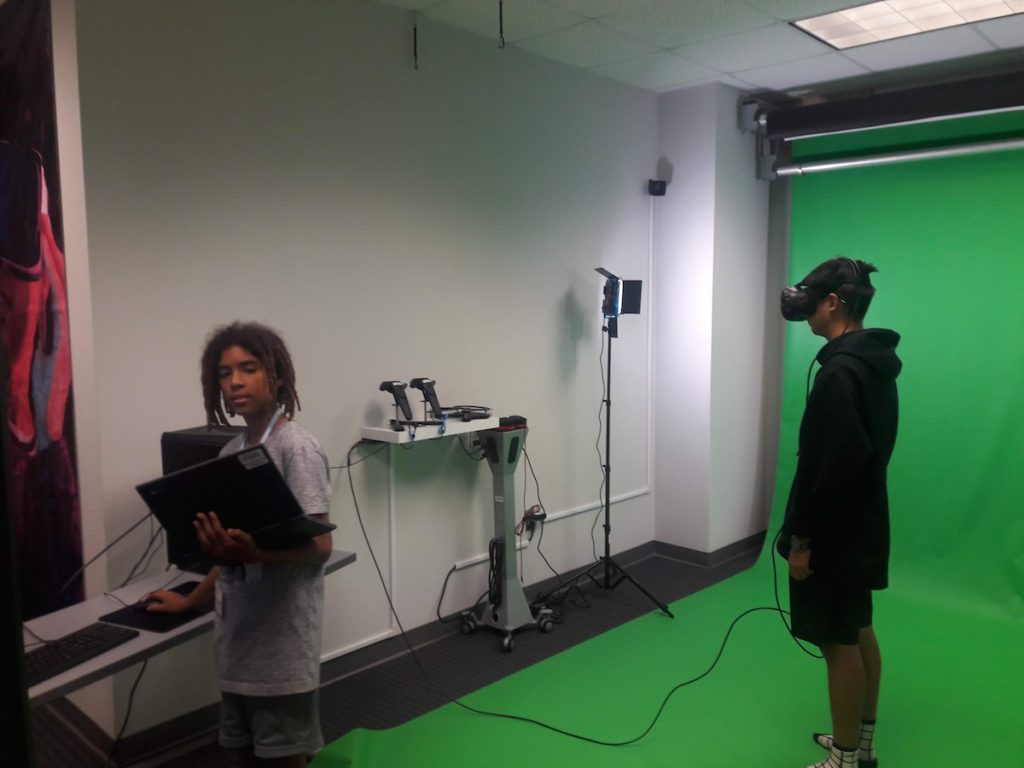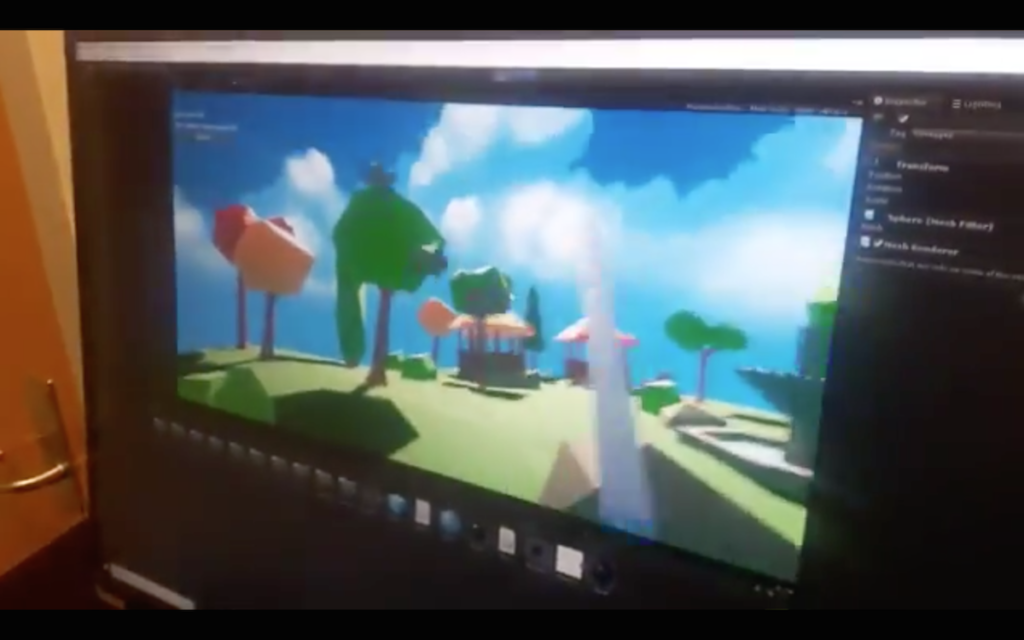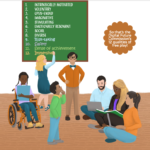
These are teenagers—15, 16—they want their parents involved in their games. That’s what I hear over and over…”I wish my mom and dad understood what my game is about…” They want to share that world. —Lisa Dawley, Ph.D.
Lisa Dawley is the Executive Director of the Jacobs Institute for Innovation in Education at the University of San Diego. I first me Lisa in 2006 when we were colleagues working on education projects in the 3D immersive world, Second Life. At that time, Second Life was an amazing platform for early adopter educators experimenting with how to use immersive worlds for learning. Lisa was then a professor and Chair of the Department of Edtech at Boise State University. Post Second Life, Lisa created 3D GameLab, a quest-based learning platform, and most recently, she designed and ran DreamBuilders and GameChangers Teen Innovation Camps at the UNC School of Education. Lisa raised two “gamer” sons. I spoke with Lisa this week about video games, the Maker movement, the digital world, and 21st century skills for innovation, design, and learning.
Here’s an excerpt from our twenty-minute talk:
Claudia: Lisa, can you talk a little about the future and how parents can support their children, tweens, and teens with technology?
Lisa: I see two emerging fields right now. The kids see the overlap. I don’t know that education sees the overlap as well yet. One is the full digital realm—that might be virtual reality, video games, anything that happens in a digital space—on a phone, on a computer, in VR. And the other is the whole Maker movement which is so hands-on—3D printing, design prototyping, woodworking, laser cutting. One is very hands-on and physical, and you might be using apps. For example, if you’re working with a robot, you might be steering that robot with your iPad but it’s not the same way as if you’re doing heavy digital work.
By us offering these two camps at the same time—we had a fully digital camp in GameChangers and a more hands-on camp with DreamBuilders—the kids moved seamlessly back and forth between the two. They understood, “Oh, I could 3D print my robot, but now I can take that same 3D model and pull it into my digital video game and animate it and play with it in VR.” So the kids were able to move pretty easily back and forth between the two worlds…
…We asked every single kid “What did you like best about camp?” Every single one said the same thing which was surprising to us…and that was…Student Choice—they got to choose what they would work on.
So I think there’s a lesson there for parents: When kids can choose, they’re more engaged, they stay persistent, they’re engaged learners. So allowing kids to choose, however that plays out for them (and it doesn’t mean “Oh, I choose to play Fortnite 10 hours a night so let me play Fortnite” because sometimes we do have to set boundaries), but to really listen and hear what the choices of the kids are because that is what engages them and motivates them and they feel like they have power over that decision and some control over it.
…By honoring kids choices as much as possible, they will find productive pathways for themselves (and sometimes just guiding them a little bit).
Please watch the full interview here. We discuss some important topics including the Innovators Skill Sets that emerged from the camps, and insights about setting healthy boundaries.
And you can watch a few participant presentations from the Imagine Lab Teen Innovation Camp, week 1, Summer 2018 in this very short video (1:42 mins).

What I am watching: a one and a half minute video of young female game designers who are “Changing the Game.” Take the minute to watch it and see the new faces of game design.
What I am reading: A great piece by education writer Anya Kamenetz pushing back on a few scary stories (well, it was Halloween week) about kids and tech in the NYT and yes, I had read them all before I spotted Anya’s piece. Excerpt: “…strict approaches aimed only at limiting screen time aren’t the most effective. You have to be a role model and engage alongside your kids, a notion that the Times stories largely skirted. As Mimi Ito, a foundational scholar of teens’ online lives, tells me, ‘With anxiety stoked by fear-inducing media stories, and shamed by their peers, parents grasp for simple authoritarian solutions often against their kids’ interests. But when parents take the time to appreciate and connect with their kids’ digital interests, it can be a site of connection and shared joy’—and a way to mentor kids to discover their own creativity.”
And a few resources mentioned in my conversation with Lisa:
A Parent’s Guide to Minecraft from Connected Camps
Parents Ultimate Guide to Fortnite


